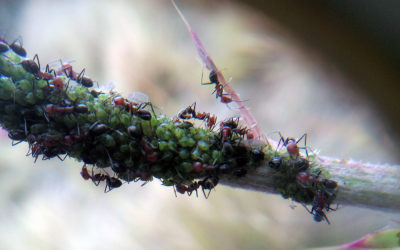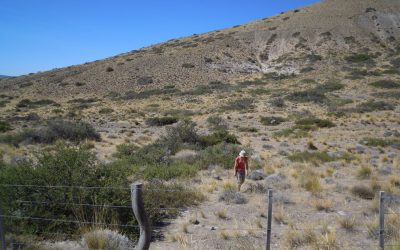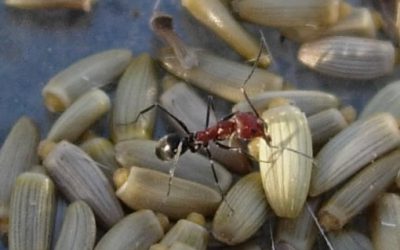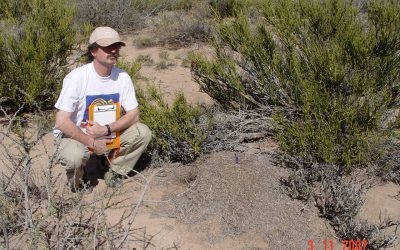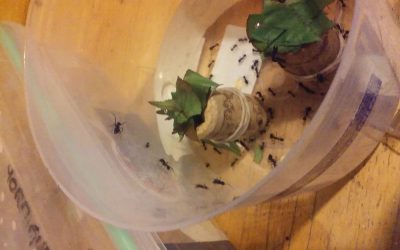Ants Research Laboratory
Our ProjectsWe use the ants to answer questions of conceptual interest.
GOOD OR BAD GUESTS? ROLE OF MELIVOROUS ANTS AND APHIDS ON THE FITNESS OF THISTLES
One type of biotic interaction common in nature is the mutualism between plants and ants. While the latter obtain benefits such as nesting sites, nutritional bodies and nectar, plants are favored in important processes such as pollination, seed dispersion and defense...
Factors determining the invasion of Bromus tectorum L. (Poaceae) (Directed by Karina Speziale)
We are evaluating the biological and ecological traits of the invasive grass Bromus tectorum in NW Patagonia so as to predict its capacity to expand its range under current environmental conditions. In particular, we are studying the effects of routes as the starting...
Granivory and seed dispersal by ants in arid ecosystems
We are studying ants involved in seed consumption and/or dispersal in the Patagonian steppe, and their effects on plant community as well as implications for plant biological invasions and restoration of degraded ecosystems. In particular, we have studied diet and...
Ecosystem services provided by ants and their implications for biological control and ecological restoration
The provision and continuity of several ecosystem services are currently threatened by land use, agriculture practices, deforestation, habitat fragmentation, climate change and biological invasions among other factors. Thus, there is an urgent need to identify and...
Direct and indirect effects of ants on plants
Leaf-cutting ants can affect plants negatively directly through defoliation, but positively and indirectly increasing the soil nutrient level. We study these effects separately and together, to determine the relative importance of leaf-cutting ants on...
Evaluation of repellents, attractants and organic insecticides to manage leaf cutting ants
We study the behavior of cutting ants exposed certain plant compounds, which may be repellents or attractants. We also seek to identify trail pheromones that guide ants along foraging paths. The objective is to develop tools that can be used in...
We work as an ant colony
We do not have central control, but we set up interaction networks through research projects
Latest news
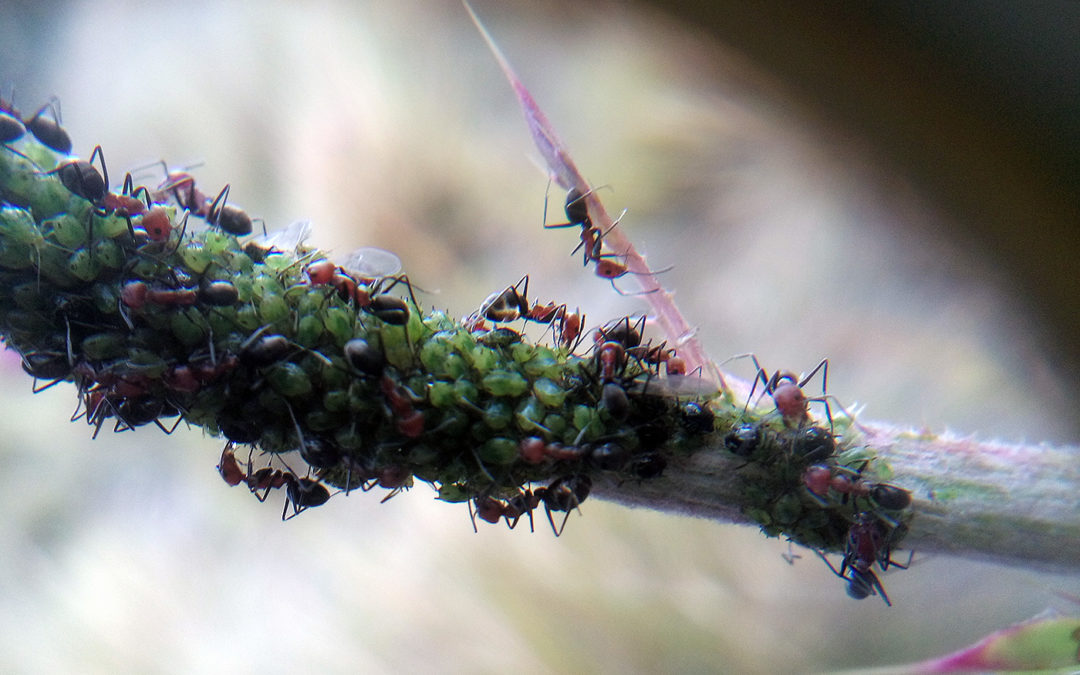
GOOD OR BAD GUESTS? ROLE OF MELIVOROUS ANTS AND APHIDS ON THE FITNESS OF THISTLES
One type of biotic interaction common in nature is the mutualism between plants and ants. While the latter obtain benefits such as nesting sites, nutritional bodies and nectar, plants are favored in important processes such as pollination, seed dispersion and defense...
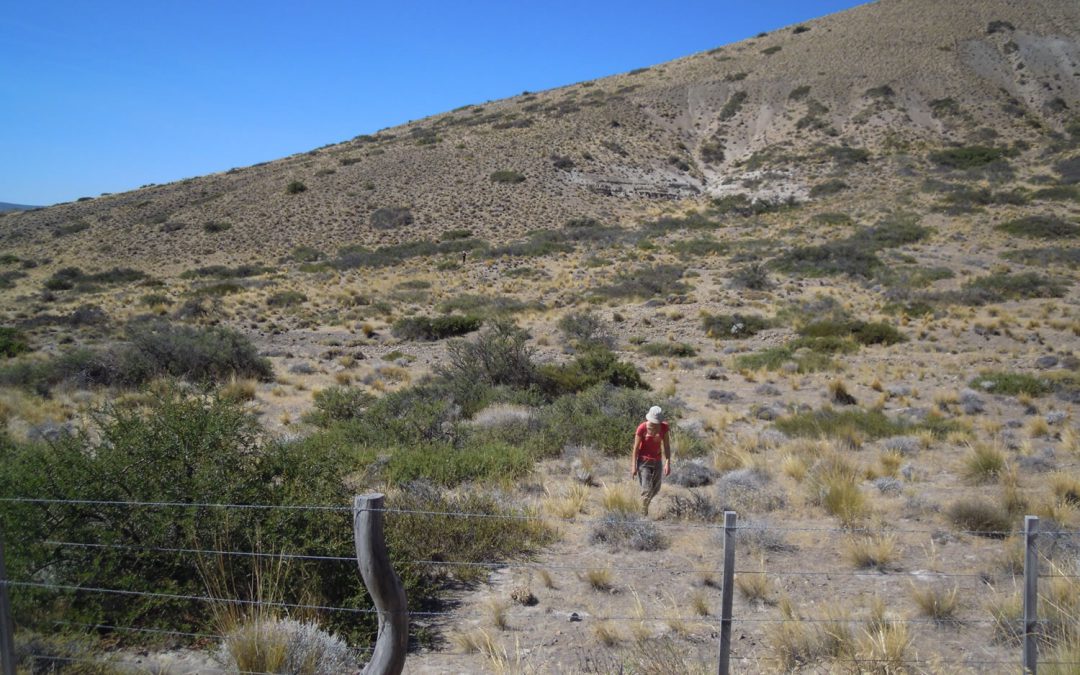
Factors determining the invasion of Bromus tectorum L. (Poaceae) (Directed by Karina Speziale)
We are evaluating the biological and ecological traits of the invasive grass Bromus tectorum in NW Patagonia so as to predict its capacity to expand its range under current environmental conditions. In particular, we are studying the effects of routes as the starting...
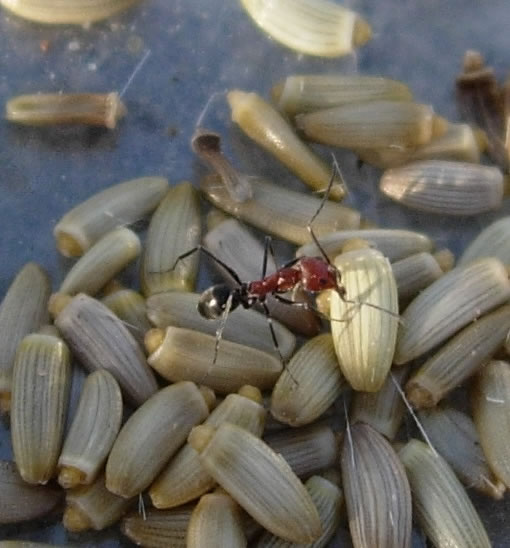
Granivory and seed dispersal by ants in arid ecosystems
We are studying ants involved in seed consumption and/or dispersal in the Patagonian steppe, and their effects on plant community as well as implications for plant biological invasions and restoration of degraded ecosystems. In particular, we have studied diet and...

